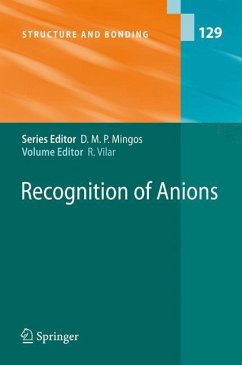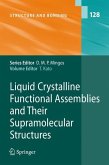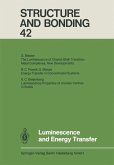This book presents critical reviews of the present position and future trends in modern chemical research concerned with chemical structure and bonding. The book contains short and concise reports, each written by the world's renowned experts.
A large number of biologically relevant species are negatively charged, the- fore it is not surprising that nature has developed sophisticated receptors to recognise, detect and transformanions. For example, complex receptors such as phosphate- and sulphate-binding proteins are employed by living cells to selectively recognise these two geometrically analogous anions. In addition to their roles in biological systems, some anions also have important en- ronmental impacts. For example, cyanide, pertechnetate and chromates pose serious health problems if present in water supplies. Because of their important biological roles and potential environmental impact there is great current interest in developing molecular receptors to selectively recogniseanionsandindoingsobeabletosequester, transformor sense them. The six chapters presented in this volume provide an overview of anion recognition and the most recent advances in this fast-growing area of supramolecular chemistry are highlighted. The?rstchapterbyBatesandGaleprovidesanoverviewofthecoordination of anions by synthetic organic hosts. The different organic functional groups used to bind anions are presented and this provides an introduction to the structuraland electronicproperties that hostsmust have to recogniseanionic guests.Ontheother hand,Bayly andBeer giveadetailed accountoftheuse of metalcomplexes asanionreceptors. Besides the important structuralfeatures that metals can confer to receptors, their optical and redox properties make themattractiveforthedevelopment ofanionsensors.
A large number of biologically relevant species are negatively charged, the- fore it is not surprising that nature has developed sophisticated receptors to recognise, detect and transformanions. For example, complex receptors such as phosphate- and sulphate-binding proteins are employed by living cells to selectively recognise these two geometrically analogous anions. In addition to their roles in biological systems, some anions also have important en- ronmental impacts. For example, cyanide, pertechnetate and chromates pose serious health problems if present in water supplies. Because of their important biological roles and potential environmental impact there is great current interest in developing molecular receptors to selectively recogniseanionsandindoingsobeabletosequester, transformor sense them. The six chapters presented in this volume provide an overview of anion recognition and the most recent advances in this fast-growing area of supramolecular chemistry are highlighted. The?rstchapterbyBatesandGaleprovidesanoverviewofthecoordination of anions by synthetic organic hosts. The different organic functional groups used to bind anions are presented and this provides an introduction to the structuraland electronicproperties that hostsmust have to recogniseanionic guests.Ontheother hand,Bayly andBeer giveadetailed accountoftheuse of metalcomplexes asanionreceptors. Besides the important structuralfeatures that metals can confer to receptors, their optical and redox properties make themattractiveforthedevelopment ofanionsensors.









